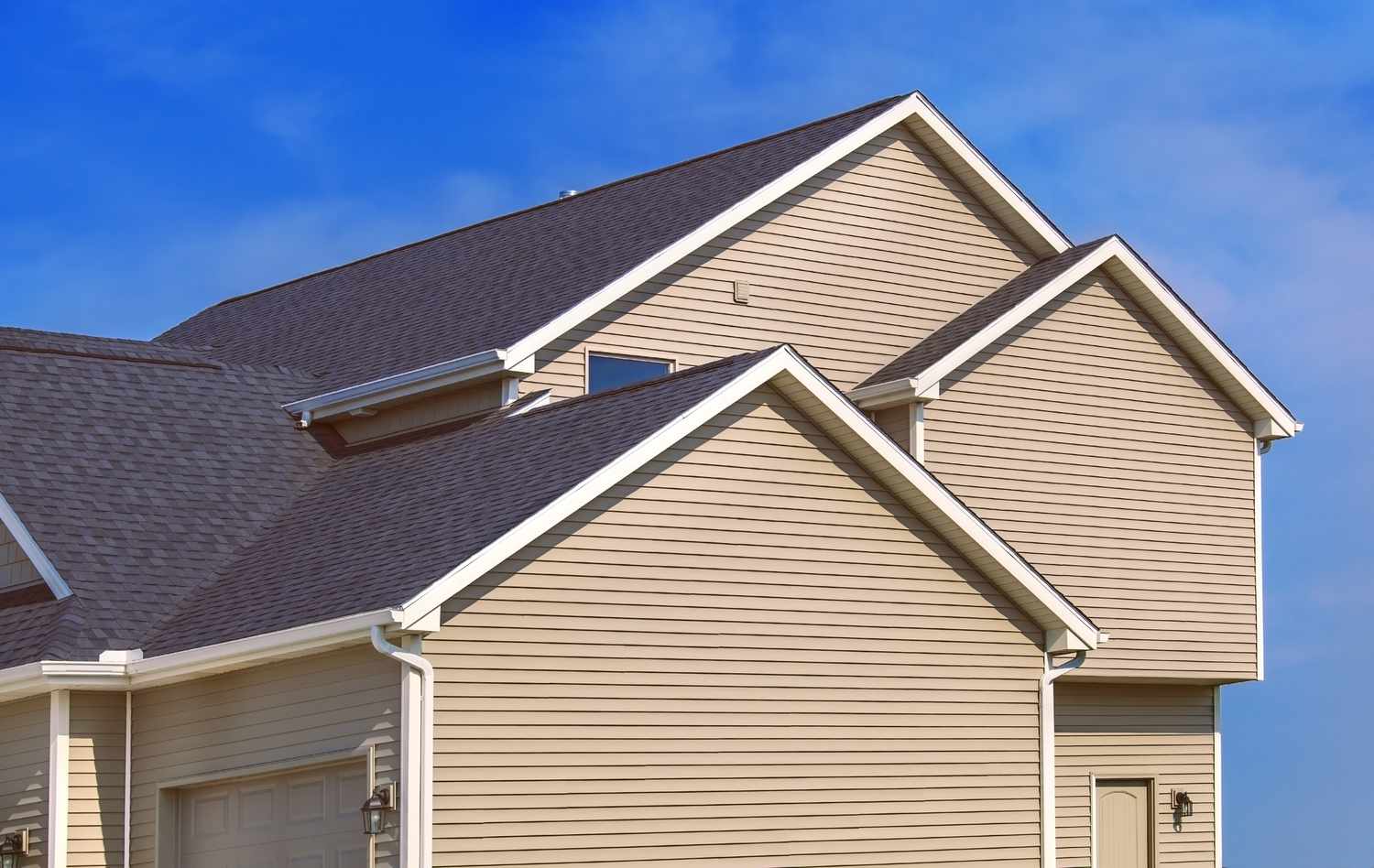

Articles
How Much Is A Roof Replacement
Modified: January 8, 2024
Looking for articles on how much a roof replacement costs? Find all the information you need to budget for your home improvement project.
(Many of the links in this article redirect to a specific reviewed product. Your purchase of these products through affiliate links helps to generate commission for Storables.com, at no extra cost. Learn more)
Introduction
Welcome to our comprehensive guide on how much a roof replacement costs. Your roof is one of the most important components of your home. It protects you from the elements and ensures the safety and structural integrity of your property. However, over time, your roof may deteriorate due to wear and tear, weather damage, or other factors, necessitating a roof replacement.
Replacing a roof is a significant investment, and it’s essential to understand the factors that affect the cost of this project. In this article, we will explore the various aspects of roof replacement, including the types of roofing materials available, the average costs involved, signs that indicate the need for a replacement, as well as the benefits and financing options for this significant home improvement project.
Whether you’re a homeowner looking to replace an aging roof or a real estate investor seeking to calculate the costs of a roof replacement in a property renovation project, this guide will provide you with the necessary insights.
Before diving into the details, it’s crucial to note that the cost of roof replacement can vary depending on several factors, such as the size and complexity of your roof, the type of roofing material you choose, the location of your property, and the contractor you hire. Understanding these variables will help you make informed decisions and allocate your budget accordingly.
So, let’s explore the factors affecting the cost of roof replacement in the next section.
Key Takeaways:
- Factors such as roof size, material choice, and location significantly impact the cost of a roof replacement. It’s crucial to consider these variables and obtain estimates from reputable contractors for an accurate budget.
- A roof replacement offers benefits such as enhanced protection, increased property value, and improved energy efficiency. Carefully evaluating financing options and considering the DIY versus professional approach are essential steps in this significant home improvement project.
Read more: How Much To Replace Roof Decking
Factors Affecting the Cost of Roof Replacement
Several factors can influence the cost of a roof replacement project. It’s essential to consider these factors and understand their impact to get an accurate estimate and budget for your roof replacement. Here are the key factors to consider:
- Roof Size and Complexity: The size of your roof is one of the primary factors that determine the cost. Larger roofs require more materials and labor, which can increase the overall cost. Similarly, the complexity of your roof, including the shape, slope, and any unique architectural features, can affect the cost. Roofs with multiple levels, dormers, chimneys, or skylights require additional expertise and materials, potentially increasing the overall expense.
- Roofing Materials: The type of roofing material you choose has a significant impact on the cost. There are various options available, including asphalt shingles, metal, wood shakes, clay tiles, and more. Each material has its price range, durability, and aesthetic appeal. Asphalt shingles are the most commonly used and cost-effective choice, while metal and clay tiles tend to be more expensive but offer longevity and enhanced visual appeal. Consider your budget, climate, and desired lifespan when selecting the roofing material.
- Roof Pitch and Accessibility: The steepness or pitch of your roof can influence the cost of replacement. Steeper roofs require additional safety measures and experienced roofers, which can increase the labor cost. Additionally, the accessibility of your roof plays a role. If your property has restricted access due to landscaping, nearby structures, or difficult terrain, it may be more challenging for contractors to complete the project, potentially raising the overall cost.
- Underlying Damage or Repairs: Before replacing your roof, it’s essential to assess any underlying damage or repairs needed. If there are issues with the roof structure, decking, or insulation, these will need to be addressed before the replacement. Repairing or reinforcing the underlying structure can increase the overall cost, so it’s crucial to have a thorough inspection and understanding of the existing condition before proceeding with the replacement.
- Permits and Local Regulations: Depending on your location, you may need to obtain permits or adhere to specific building codes and regulations for roof replacement. Permit fees and compliance with local regulations can add to the overall cost. It’s vital to consult with your local authorities and factor in these requirements when budgeting for your roof replacement project.
By considering these factors, you can get a better understanding of the cost implications of your roof replacement project. In the next section, we will delve into the various types of roofing materials available to help you make an informed choice.
Types of Roofing Materials
When it comes to choosing the right roofing material for your roof replacement project, there are several options available, each with its unique features, benefits, and costs. The choice of roofing material depends on factors such as durability, aesthetics, climate, and budget. Let’s explore some of the most common roofing materials:
- Asphalt Shingles: Asphalt shingles are the most popular and affordable roofing material. They are available in a wide range of colors, styles, and textures to suit different architectural designs. Asphalt shingles are easy to install, low maintenance, and provide good protection against weather elements. While they have a lifespan of around 20-30 years, higher-quality options can last even longer.
- Metal Roofing: Metal roofs are gaining popularity due to their durability and energy efficiency. They come in various materials such as steel, aluminum, and copper, and offer superior resistance against fire, rot, and insects. Metal roofs are lightweight, recyclable, and can last for 50 years or more with proper maintenance. However, they tend to be more expensive upfront compared to other roofing materials.
- Wood Shakes or Shingles: Wood shakes or shingles offer a timeless and natural aesthetic appeal to homes. They are usually made from cedar, redwood, or pine, and provide excellent insulation. However, wood roofs require regular maintenance, including sealing, staining, and periodic replacement of damaged or worn-out shakes. They have a lifespan of around 20-30 years.
- Clay or Concrete Tiles: Clay or concrete tiles are popular in regions with a Mediterranean or Spanish-inspired architectural style. They are known for their durability, longevity, and excellent resistance to fire, rot, and insects. Tile roofs add a distinctive and elegant look to a home. However, they are heavy and require a sturdy roof structure to support the added weight. The lifespan of clay or concrete tiles is typically 50-100 years.
- Slate: Slate is a premium roofing material known for its unmatched beauty, durability, and natural stone texture. It is a high-end option that requires skilled craftsmanship for installation. Slate roofs can last for over a century, making them a lifetime investment. However, slate is heavy and may require additional structural reinforcement. It is also more expensive compared to other roofing materials.
These are just a few examples of roofing materials available in the market. Other options include synthetic shingles, composite materials, and green roofs. It’s essential to consult with a roofing professional to determine the best material for your specific climate, budget, and architectural style.
Now that you have an understanding of the different types of roofing materials, the next section will focus on hiring a roofing contractor for your roof replacement project.
Hiring a Roofing Contractor
When it comes to roof replacement, hiring a reputable and experienced roofing contractor is crucial. A professional contractor will ensure that the installation is done correctly, using high-quality materials and following industry standards. Here are some factors to consider when hiring a roofing contractor:
- Research and Recommendations: Start by conducting thorough research and gathering recommendations from friends, family, and neighbors who have recently had their roofs replaced. Look for contractors with a good reputation and positive reviews. Online platforms and review websites can also provide valuable insights into the reputation and reliability of different contractors.
- Licensing and Insurance: Verify that the contractor is licensed and insured. A proper license ensures that the contractor meets the necessary requirements and has the expertise to perform the job. Insurance coverage protects you from liability in case of accidents or damage to your property during the project.
- Experience and Expertise: Look for a contractor with significant experience in roof replacement projects. A knowledgeable contractor will be able to offer guidance, provide recommendations on the most suitable materials, and handle any unforeseen issues that may arise during the project. Request past project references to gauge the quality and success of their previous work.
- Written Estimates and Contracts: Obtain written estimates from multiple contractors to compare costs and services. The estimate should include a breakdown of all expenses, such as materials, labor, permits, and any additional charges. Once you select a contractor, ensure all project details, timelines, materials, and warranties are clearly stated in a written contract before work begins.
- Warranties and Guarantees: Inquire about the warranties provided by both the manufacturer of the roofing materials and the contractor. Reliable contractors should offer workmanship warranties that cover any potential defects or issues with the installation. Be sure to understand the terms and conditions of these warranties before making a final decision.
- Communication and Availability: Effective communication is essential throughout the project. Choose a contractor who is responsive, easily reachable, and willing to address any concerns or questions you may have. Regular updates and clear communication will ensure that the project runs smoothly and meets your expectations.
Remember, the lowest price is not always the best indicator of a quality contractor. Consider their qualifications, reputation, and the overall value they provide. A well-established contractor with a solid track record may charge more, but they are likely to deliver superior results and provide better customer service.
Now that you understand the process of hiring a roofing contractor, let’s move on to discussing the average costs of roof replacement in the next section.
Average Costs of Roof Replacement
The cost of a roof replacement can vary significantly based on various factors, including the size of your roof, the type of roofing material, the location of your property, and the complexity of the project. It’s important to understand these cost factors to get an idea of the average expenses involved. Here is a breakdown of the average costs of roof replacement:
1. Size of the roof:
The size of your roof is one of the primary factors that determine the cost. Roofing contractors typically measure the roof area in “squares” (1 square = 100 square feet). The larger the roof area, the more materials and labor will be required, resulting in higher costs.
2. Type of roofing material:
Roofing materials have different price ranges. Asphalt shingles are the most affordable option, with average costs ranging from $3 to $5 per square foot. Metal roofing is relatively more expensive, with costs ranging from $7 to $12 per square foot. Wood shakes or shingles can range from $6 to $10 per square foot, while clay or concrete tiles can cost between $10 and $20 per square foot. Slate is the most expensive option, with prices starting at $15 per square foot and going up from there.
3. Roof pitch and complexity:
The pitch or slope of your roof can influence the cost. Steeper roofs require more safety precautions and may increase the labor cost. Roofs with multiple levels, chimneys, skylights, or other architectural features may also require additional labor and materials, contributing to higher costs.
4. Removal of existing roofing:
If your existing roof needs to be removed before the replacement, it will add to the overall cost. The removal process includes labor, waste disposal, and potential repairs to the underlying roof structure. The number of layers to be removed will also affect the cost, as multiple layers take more time and effort to remove.
5. Additional repairs and upgrades:
If there are underlying damages or necessary repairs to the roof structure, decking, or insulation, it will add to the project’s overall cost. Similarly, if you choose to upgrade certain aspects, such as ventilation, insulation, or adding skylights, these additions will increase the expenses.
6. Location and local labor costs:
The location of your property can affect the cost of roof replacement. Labor costs can vary from one area to another, based on factors such as local demand, cost of living, and availability of skilled contractors. Areas with higher labor costs will contribute to higher overall project expenses.
As a rough estimate, the average cost of a roof replacement can range from $5,000 to $20,000 or more, depending on the various factors mentioned above.
It’s important to note that these figures are general estimates and may vary based on regional factors and specific project requirements. It’s always recommended to obtain detailed quotes from multiple contractors to get an accurate cost estimate for your roof replacement project.
Now that you have an idea of the average costs involved, the next section will discuss the signs that indicate your roof needs replacement.
Read more: How Much To Replace A Roof On A House
Signs that Your Roof Needs Replacement
Your roof is subjected to constant exposure to the elements, and over time, it may start showing signs of wear and damage. It’s important to stay vigilant and look out for the following signs that indicate your roof may need replacement:
- Age: The age of your roof is one of the primary factors to consider. Most roofs have a lifespan of 20-30 years, depending on the type of materials used. If your roof is approaching or has exceeded its expected lifespan, it’s a good indicator that it may be time for a replacement.
- Leakage: Persistent roof leaks, even after repairs, may suggest underlying issues that necessitate a full replacement. Water stains on the ceiling or walls, dripping water, or signs of moisture in the attic are clear indicators of a damaged roof that needs attention.
- Missing, cracked, or curled shingles: Check your roof for any signs of missing, cracked, or curled shingles. These can indicate aging or weather-damaged shingles that are no longer providing adequate protection. Damaged or deteriorating shingles can lead to leaks and further roof damage if not addressed promptly.
- Sagging or uneven roof: A sagging or uneven roof is a significant red flag that there may be structural issues. It could be a result of water damage, weakened roof decking, or faulty installation. A sagging roof requires immediate attention and may indicate the need for a complete replacement.
- Excessive granule loss: Check your gutters and downspouts for an excessive buildup of granules. Granules help protect asphalt shingles from UV rays and add to their longevity. If you notice a significant amount of granules in your gutters, it may indicate that your shingles are deteriorating and nearing the end of their lifespan.
- Mold or moss growth: Moisture buildup on the roof can lead to the growth of mold or moss. While small patches can be addressed with proper cleaning, widespread or recurring growth may signify underlying issues. Mold or moss growth can degrade the integrity of the roof and potentially require a replacement.
- High energy bills: If you notice a sudden increase in your energy bills, it could be a sign of poor insulation or ventilation in your roof. Damaged or inefficient roofing materials can impact the energy efficiency of your home, leading to higher heating or cooling costs. A roof replacement with improved insulation can help lower your energy bills in the long run.
- Hail or storm damage: Severe weather events such as hailstorms can cause significant damage to your roof. If you’ve experienced a hailstorm or other severe weather conditions, it’s important to have your roof inspected for any hidden damage that may require a replacement.
If you notice any of these signs, it’s best to consult with a professional roofing contractor for a thorough assessment. They will be able to diagnose the extent of the damage and recommend the most suitable course of action, which may include a roof replacement.
In the next section, we will explore the benefits of roof replacement, highlighting why it’s a wise investment for your home.
When considering a roof replacement, it’s important to get multiple quotes from reputable contractors. This will help you compare prices and ensure you’re getting the best value for your investment.
Benefits of Roof Replacement
Investing in a roof replacement offers several benefits for your home, both in terms of functionality and aesthetics. Here are some of the key advantages you can expect from a roof replacement:
- Enhanced Protection: One of the primary benefits of a roof replacement is improved protection for your home and belongings. A new roof provides a reliable barrier against the elements, such as rain, snow, wind, and UV rays. It safeguards your property from water damage, leaks, and potential structural issues caused by a compromised roof.
- Increase in Property Value: A well-maintained and updated roof can significantly increase the value of your property. A new roof is an attractive selling point for potential buyers, as it assures them of a structurally sound and aesthetically pleasing home. The curb appeal and added protection of a new roof can give you a competitive edge in the real estate market.
- Improved Energy Efficiency: An old or damaged roof can result in poor insulation and air leakage, leading to higher energy consumption and costs. A roof replacement allows for the installation of modern energy-efficient materials and improved insulation. This helps regulate indoor temperatures, reduce heating and cooling expenses, and create a more comfortable living environment.
- Enhanced Aesthetic Appeal: A roof replacement can transform the overall look of your home. Whether you opt for updated shingles, a new roofing material, or a change in color and style, a new roof can enhance the curb appeal and give your home a fresh, updated appearance. It contributes to the overall aesthetics and attractiveness of your property.
- Peace of Mind: A new roof provides you with peace of mind knowing that your home is well-protected. It eliminates the worries and uncertainties associated with an old or damaged roof, such as leaks, water damage, or potential structural issues. With a new roof, you can have confidence in the safety and longevity of your home.
- Reduced Maintenance and Repair Costs: As a roof ages, it requires more frequent repairs and maintenance to keep it in good condition. Constantly patching up leaks or addressing damaged shingles can add up in terms of both time and money. A roof replacement eliminates these ongoing maintenance and repair costs, providing you with a more durable and hassle-free roofing solution.
- Long-Term Investment: While a roof replacement is a significant upfront investment, it is a long-term investment in the protection and value of your home. A high-quality roof replacement can last for several decades with proper care and maintenance. It saves you from the expenses and inconveniences of frequent repairs or premature replacement.
Overall, a roof replacement offers numerous benefits that go beyond just functionality. It adds value, enhances the appearance of your home, and provides you with peace of mind. Consider a roof replacement as a smart investment in the long-term well-being of your property.
Now that you understand the benefits of a roof replacement, let’s explore financing options that can help make this investment more manageable.
Financing Options for Roof Replacement
Roof replacement is a significant home improvement project that requires careful budgeting and financial planning. If you’re concerned about the upfront costs of a roof replacement, there are several financing options available to make the investment more manageable. Here are some common financing options to consider:
- Personal Savings: The simplest option is to use your personal savings to fund your roof replacement. If you have enough savings set aside, this can be a cost-effective way to pay for the project without incurring additional interest or fees.
- Home Equity Loan or Line of Credit: If you have equity in your home, you may qualify for a home equity loan or line of credit. These options allow you to borrow against the value of your home and use the funds for various purposes, including a roof replacement. They typically offer lower interest rates compared to other types of loans.
- Roofing Contractor Financing: Many roofing contractors offer financing options to help homeowners cover the costs of roof replacement. These financing plans may come with competitive interest rates and flexible repayment terms, making it convenient to pay for the project over time. Ensure you understand the terms and conditions, including the interest rate and any additional fees, before opting for this financing option.
- Personal Loans: Personal loans from banks, credit unions, or online lenders are another option to consider. These loans are typically unsecured, meaning you don’t need to provide collateral. The interest rates and loan terms may vary based on your creditworthiness and the lender’s policies.
- Credit Cards: If the cost of your roof replacement is relatively low, you may consider using a credit card to finance the project. However, be cautious with this option as credit cards often come with higher interest rates. Use this option only if you can pay off the balance quickly to avoid accumulating excessive interest charges.
- Government Programs: In some cases, there may be government programs or incentives available that can assist with financing for energy-efficient roof replacements. These programs may offer grants, loans, or tax credits to offset the cost of upgrading to environmentally friendly roofing materials or improving energy efficiency. Research local and federal programs that may be applicable in your area.
Before choosing a financing option, it’s important to assess your financial situation, evaluate the interest rates and repayment terms, and consider the potential impact on your monthly budget. Be sure to do thorough research, compare offers from different lenders, and choose the option that best suits your needs and financial capabilities.
Remember to factor the cost of financing into your overall budget and ensure that the monthly payments are affordable for you.
Now that we’ve discussed the various financing options, it’s important to weigh the pros and cons of DIY roof replacement versus hiring a professional contractor. Let’s delve into this topic in the next section.
DIY vs. Professional Roof Replacement
When it comes to roof replacement, homeowners often face the decision of whether to tackle the project themselves or hire a professional roofing contractor. Both options have their pros and cons, and it’s crucial to weigh them carefully before making a decision. Here is a comparison of DIY roof replacement versus hiring a professional:
DIY Roof Replacement:
Pros:
- Cost Savings: One of the main reasons homeowners opt for a DIY roof replacement is to save money on labor costs. By handling the project themselves, they can avoid paying for professional services.
- Flexibility and Control: DIY projects give homeowners the flexibility to work at their own pace and have full control over the process. They can make decisions regarding materials, timing, and project management.
- Sense of Accomplishment: Completing a DIY project successfully can give homeowners a sense of pride and accomplishment. It allows them to take ownership of their home improvement process.
Cons:
- Lack of Expertise: Roof replacement requires technical knowledge and expertise. DIYers may not have the necessary skills to handle complex roofing tasks or identify potential issues that could lead to costly mistakes or safety hazards.
- Risk of Damage or Injury: Roof work involves working at heights and handling heavy materials. Without proper training and safety precautions, there is an increased risk of accidents, injury, and damage to the roof or surrounding areas.
- Time and Effort: Roof replacement is a labor-intensive project, especially for those without prior experience. DIYers may underestimate the time and effort required, which can lead to project delays and compromised results.
Hiring a Professional Roofing Contractor:
Pros:
- Expertise and Experience: Professional roofing contractors have the necessary skills, expertise, and experience to handle roof replacement projects efficiently and effectively. They can ensure proper installation, quality workmanship, and adherence to building codes.
- Time and Efficiency: Hiring professionals allows you to save time and effort. They have the knowledge, tools, and resources to complete the project in a timely manner, minimizing disruptions to your daily life.
- Warranty and Guarantees: Reputable roofing contractors offer warranties and guarantees on their work and the materials used. This provides you with peace of mind and protection in case of any issues that may arise after the replacement.
Cons:
- Cost: Hiring professionals for roof replacement incurs additional costs for labor and expertise. However, it is important to consider the value, quality, and long-term benefits that come with professional services.
- Limited Control: When hiring professionals, you have limited control over the project’s details and timing. You must communicate your preferences and expectations clearly and ensure proper project management.
Ultimately, the decision between DIY roof replacement and hiring professionals depends on factors such as your skill level, comfort with DIY projects, the complexity of the roof replacement, and your budget. If you have the necessary skills, experience, and safety precautions, and the project is relatively straightforward, DIY may be a viable option. However, for complex or extensive roof replacement projects, it is highly recommended to hire a professional roofing contractor for quality workmanship, efficiency, and peace of mind.
Now that we have discussed the DIY versus professional approach, let’s conclude this guide with a summary of the key points.
Conclusion
Replacing your roof is a significant investment that can enhance the protection, value, and aesthetics of your home. Throughout this guide, we have covered various aspects of roof replacement, from the factors that affect the cost to the different types of roofing materials available. Understanding these elements is crucial in making informed decisions and preparing a budget for your project.
Factors such as the size and complexity of your roof, the type of roofing material, and the location of your property play a significant role in determining the cost of roof replacement. It is important to carefully consider these factors and obtain estimates from reputable roofing contractors to get an accurate idea of the expenses involved.
Additionally, we explored the benefits of roof replacement, including enhanced protection, increased property value, improved energy efficiency, and peace of mind. These benefits make roof replacement a wise long-term investment in your home’s integrity and value.
If you’re concerned about financing your roof replacement, there are several options available, such as personal savings, home equity loans, contractor financing, and personal loans. Carefully evaluate your financial situation and choose the option that best suits your needs and budget.
Finally, we discussed the decision between DIY roof replacement and hiring a professional roofing contractor. While DIY may offer cost savings and a sense of accomplishment, it comes with risks and challenges, especially if you lack the necessary skills and expertise. Hiring a professional ensures quality workmanship, saves time and effort, and provides warranties and guarantees for your peace of mind.
In conclusion, a roof replacement is a significant undertaking that requires careful consideration, planning, and budgeting. By understanding the factors affecting the cost, exploring different roofing materials, and weighing the benefits and financing options, you can make informed decisions about your roof replacement project. Whether you choose to tackle the project yourself or hire professionals, ensure that the end result is a durable, properly installed roof that provides protection and enhances the overall value of your home.
Frequently Asked Questions about How Much Is A Roof Replacement
Was this page helpful?
At Storables.com, we guarantee accurate and reliable information. Our content, validated by Expert Board Contributors, is crafted following stringent Editorial Policies. We're committed to providing you with well-researched, expert-backed insights for all your informational needs.
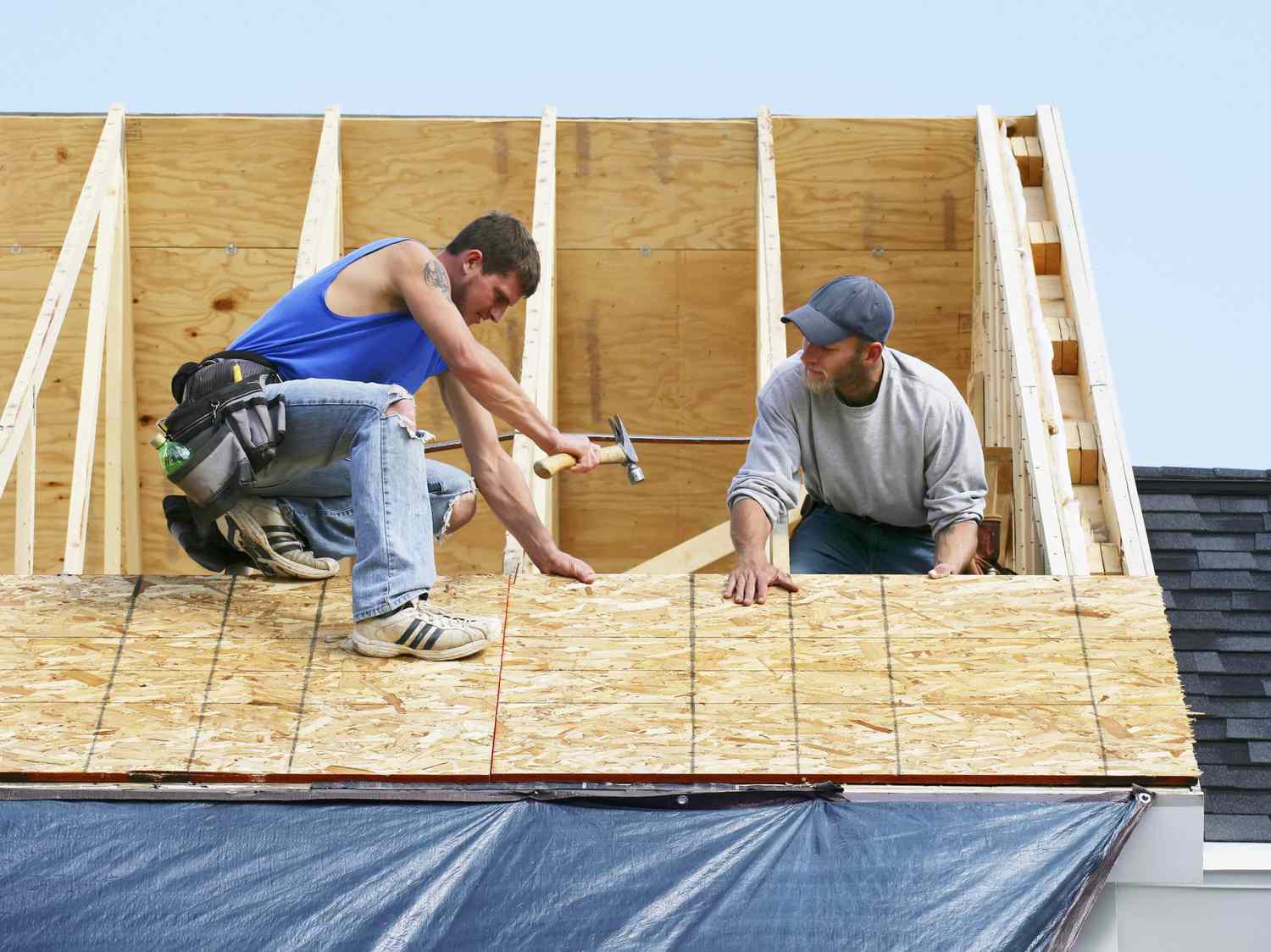
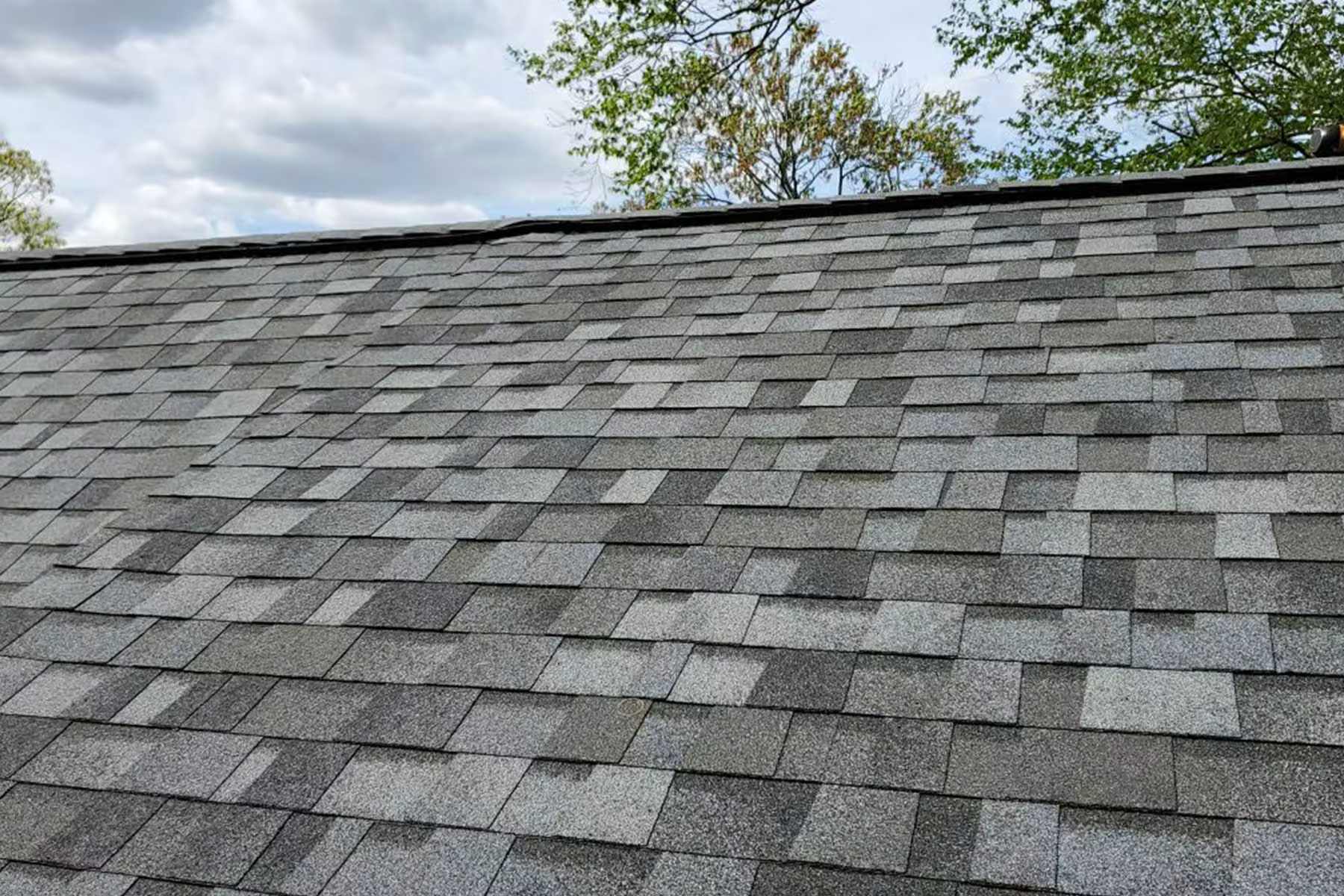
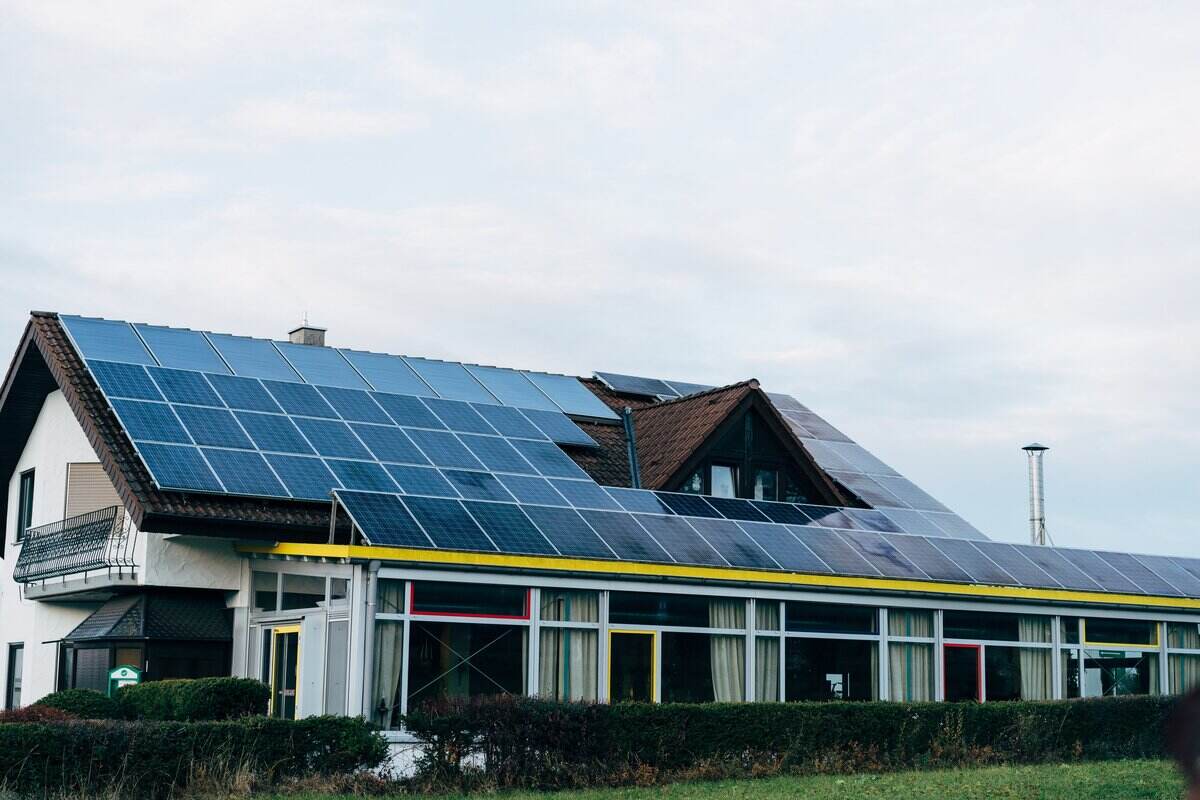
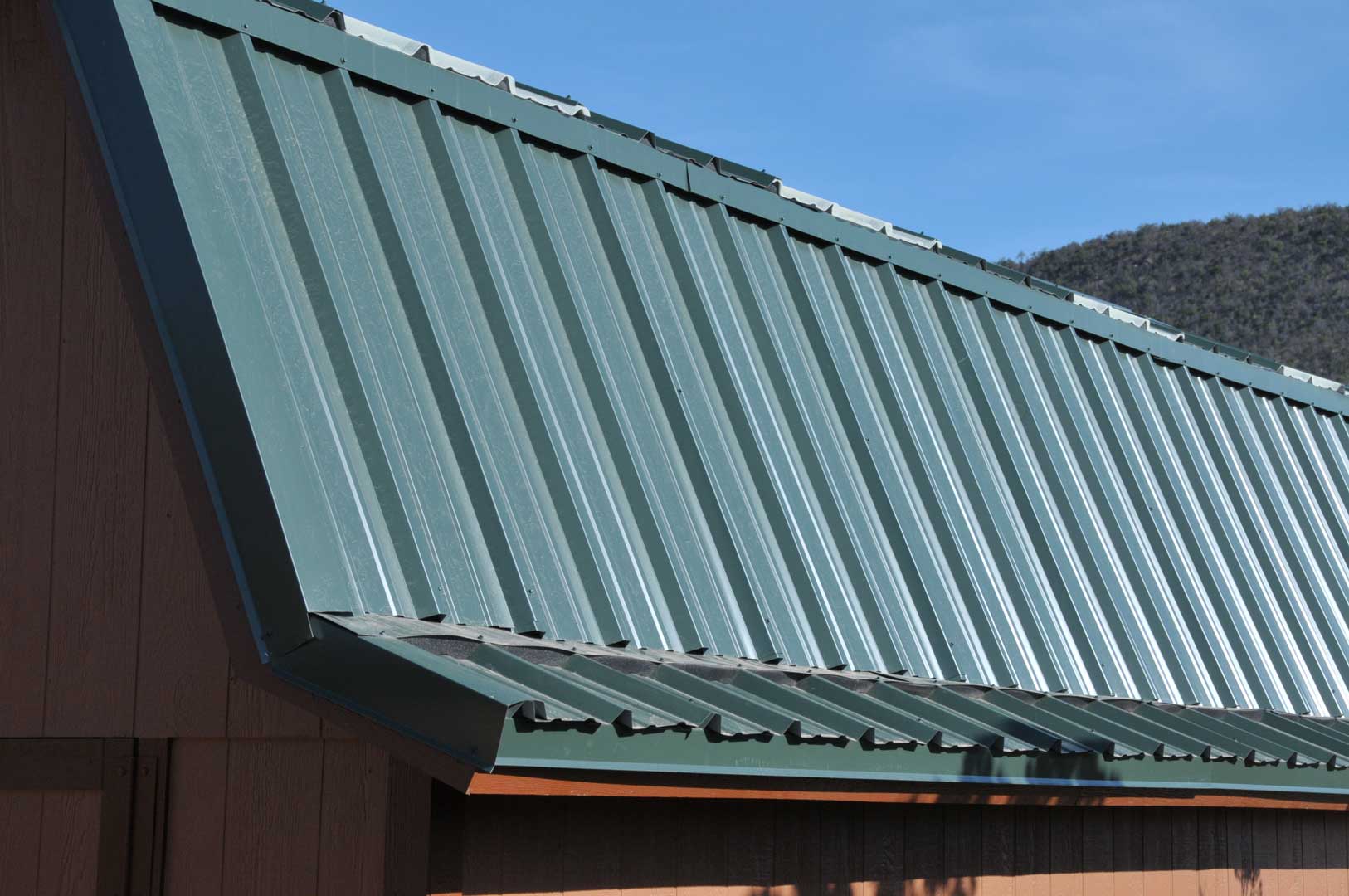
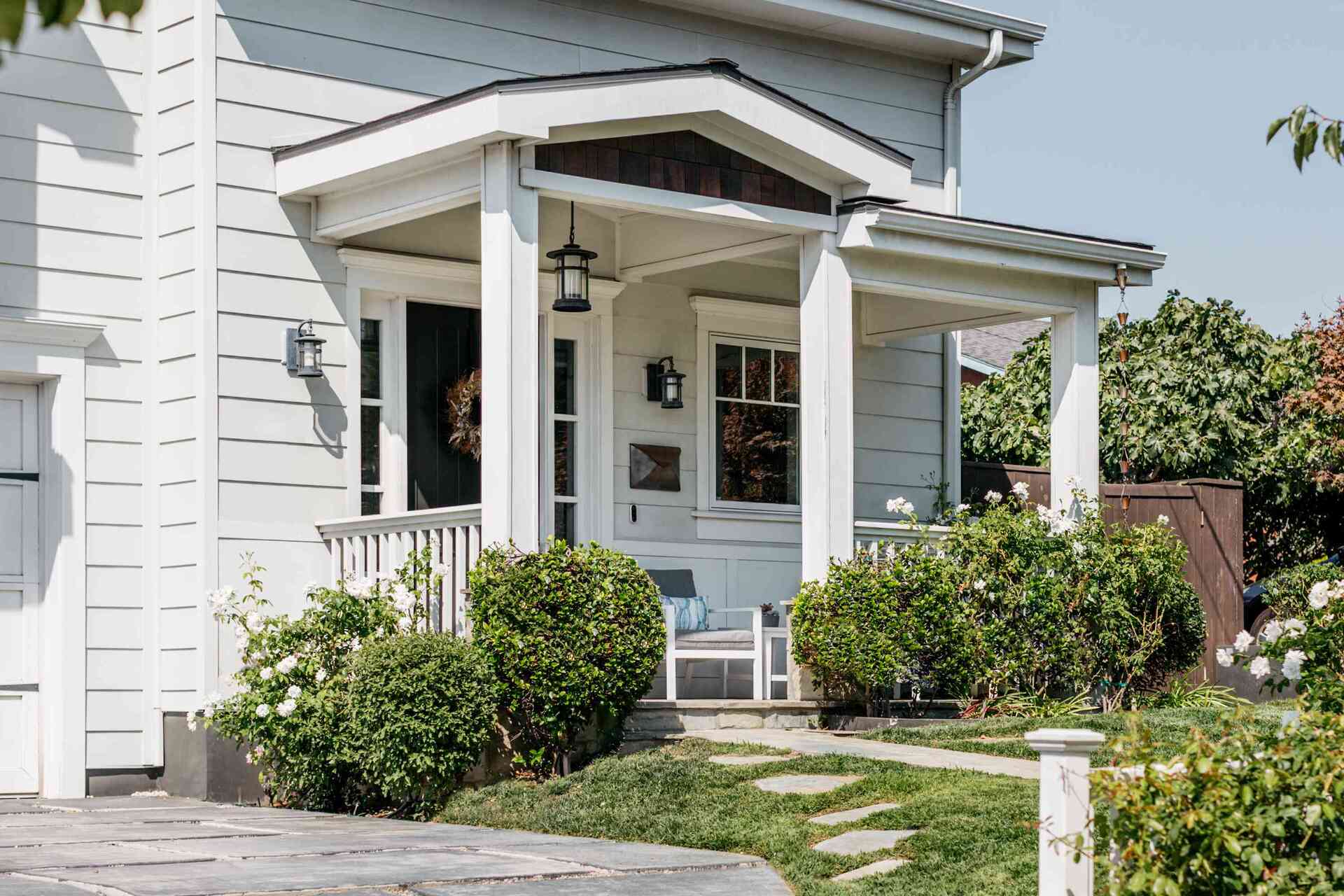
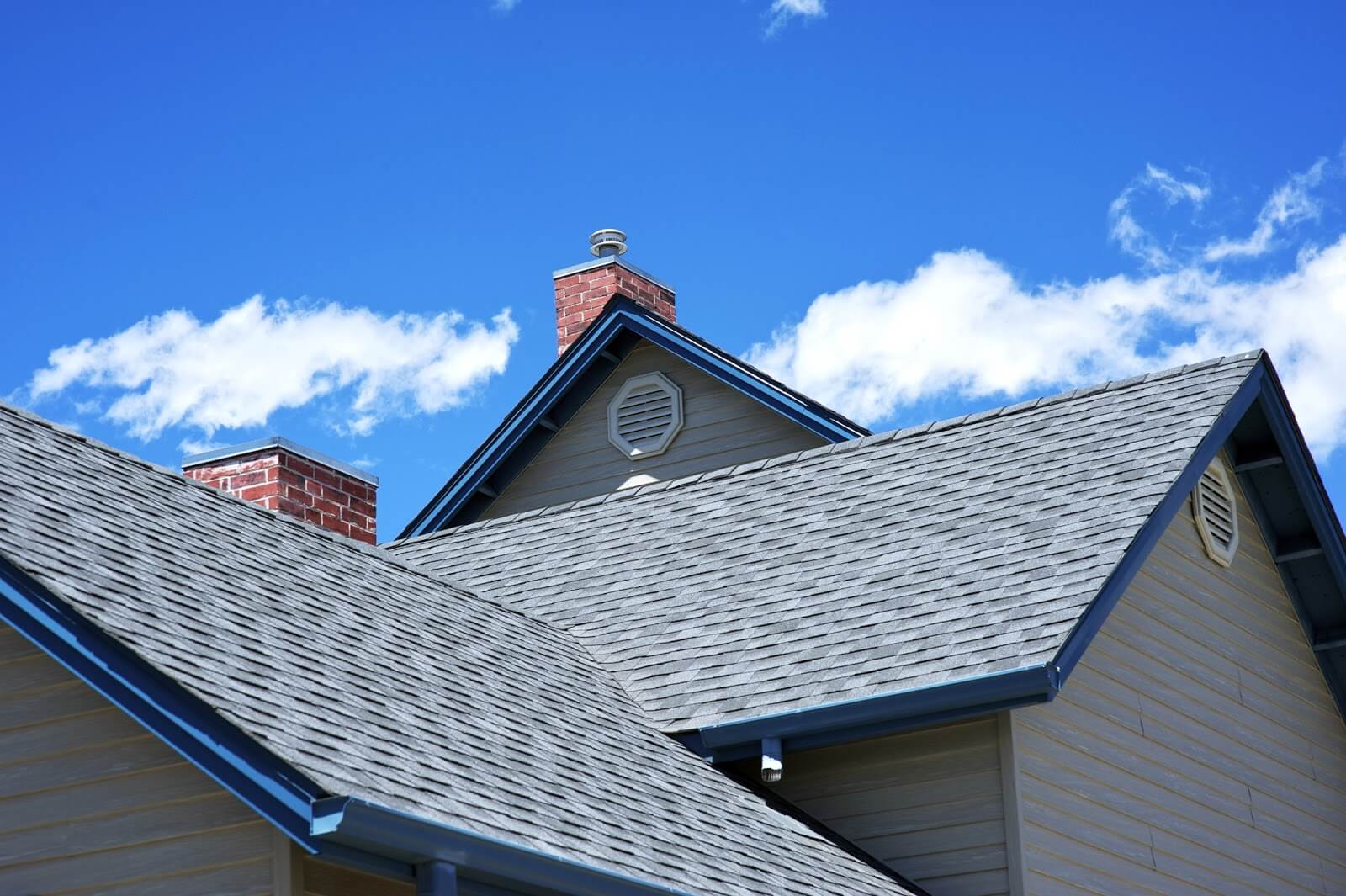
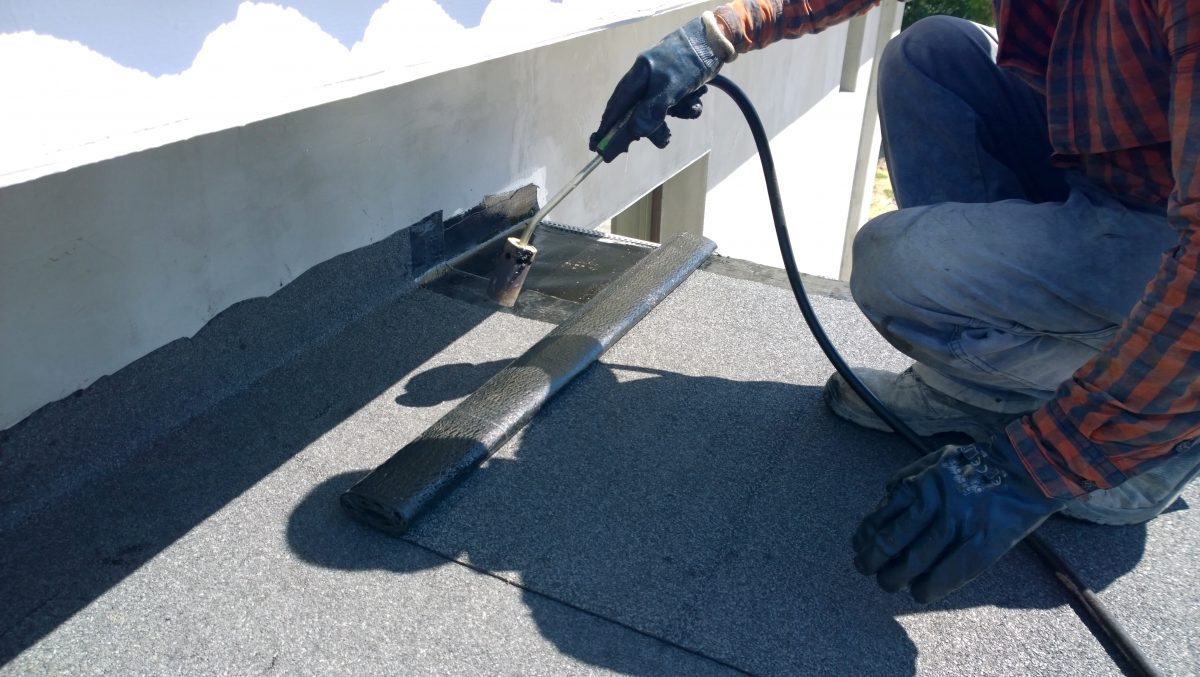
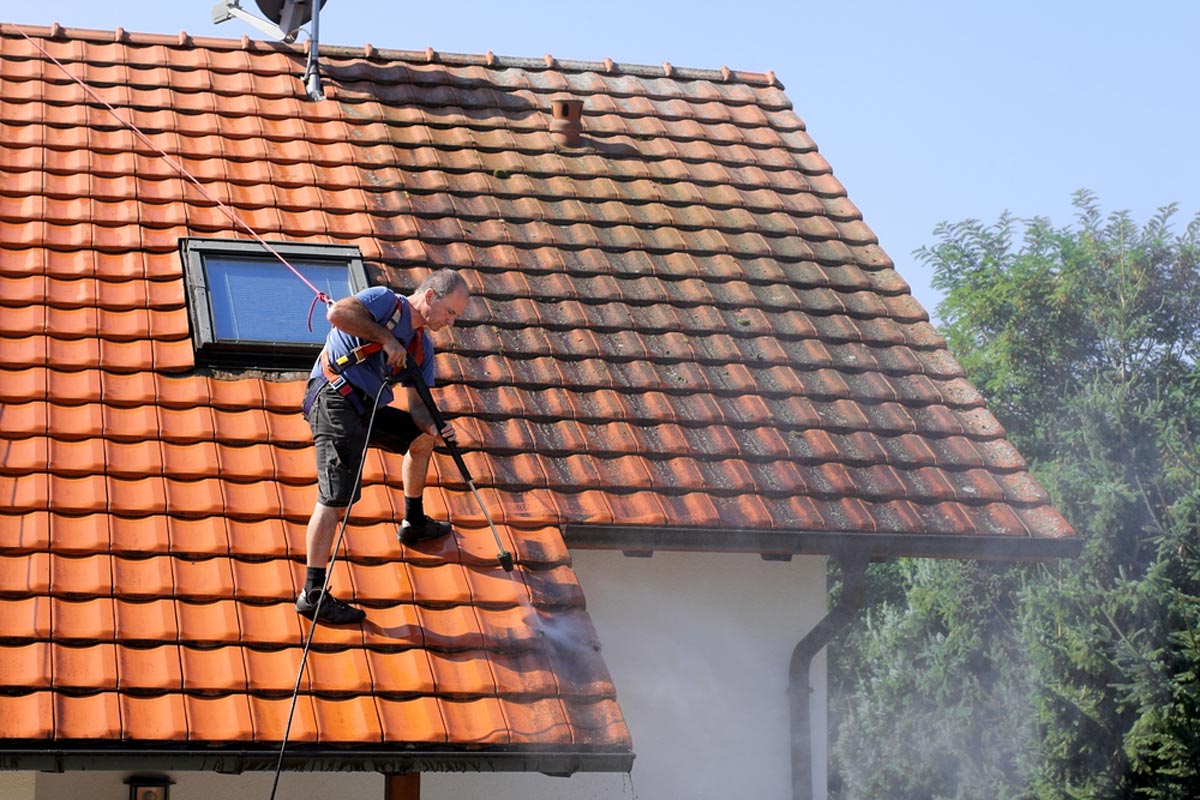
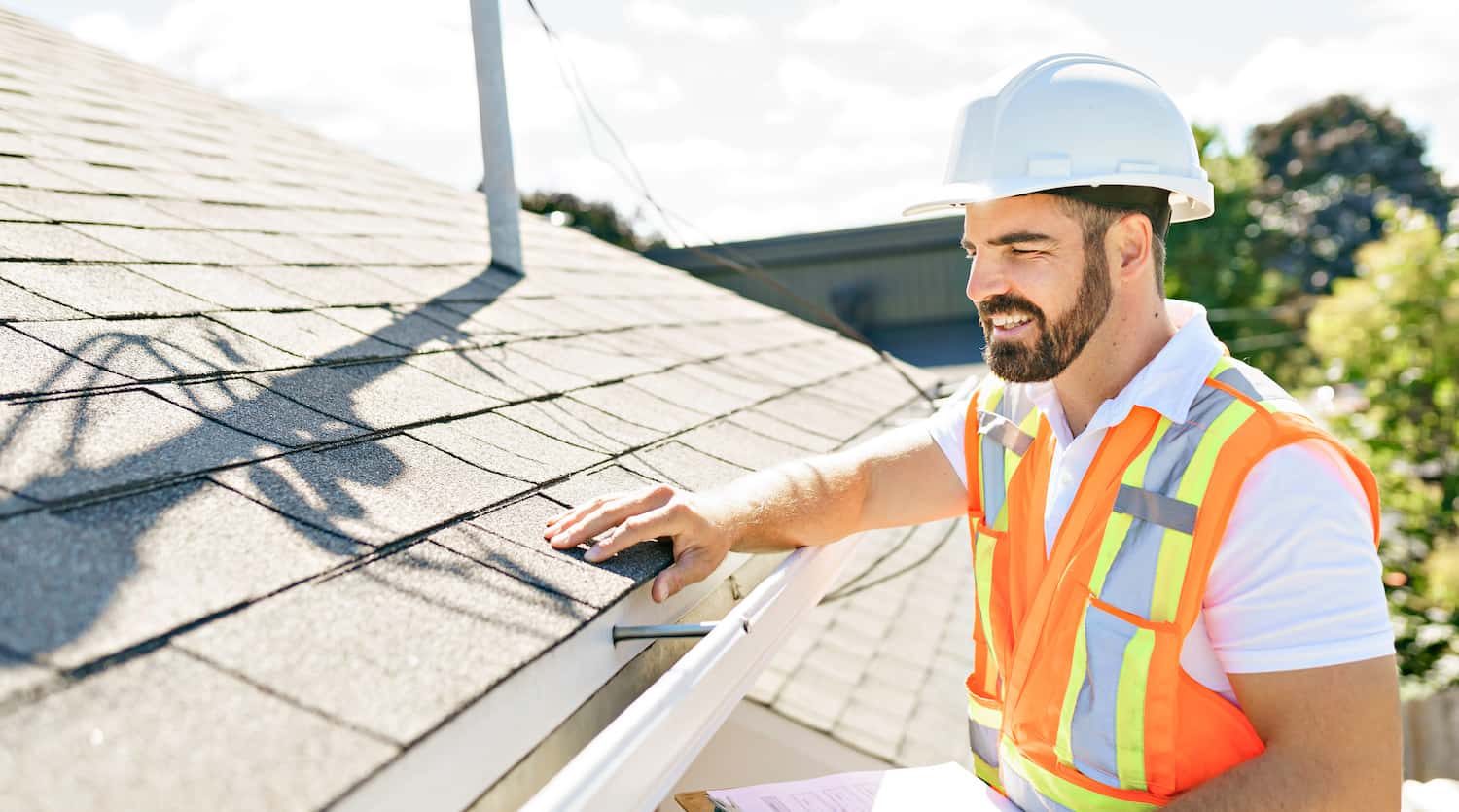
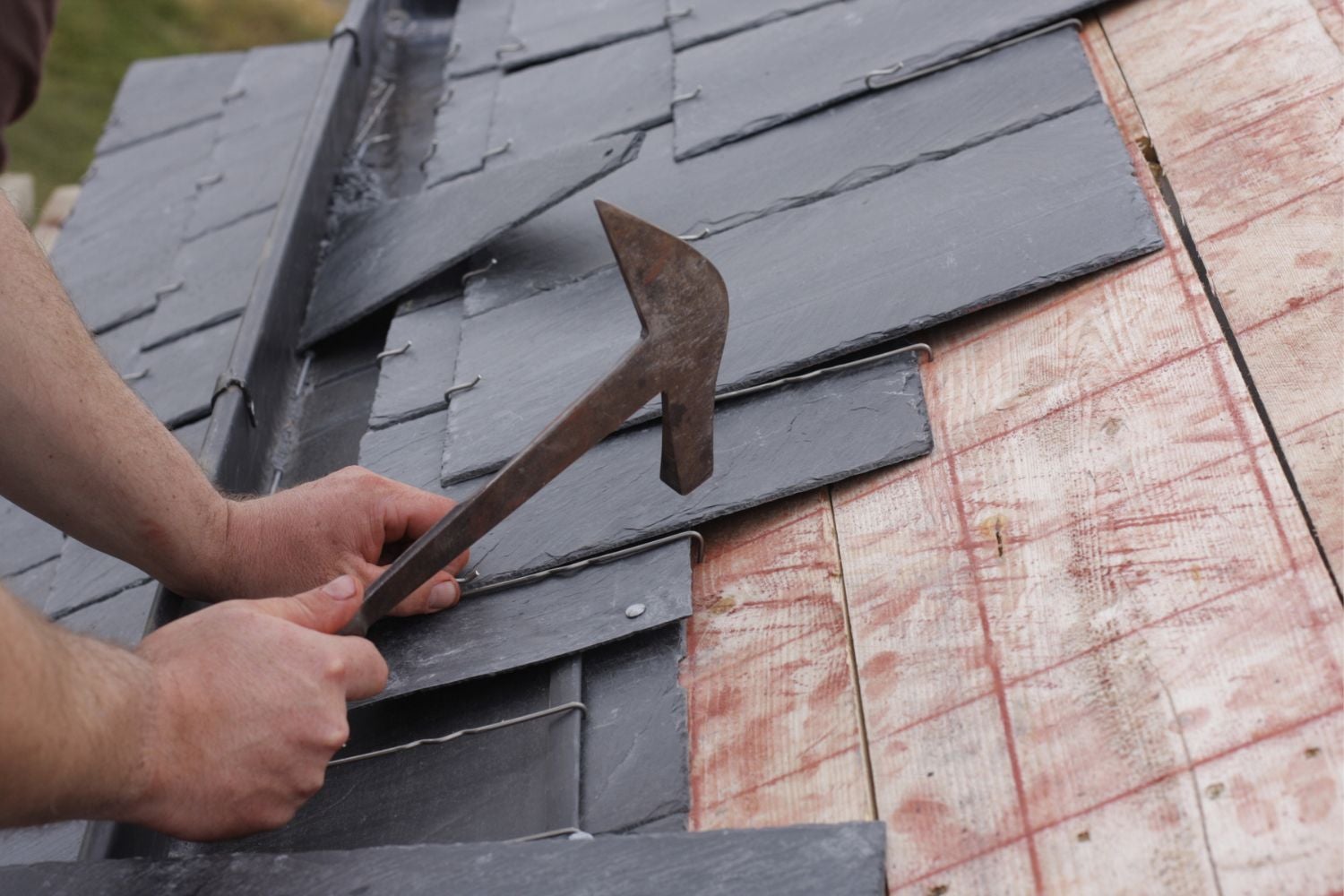
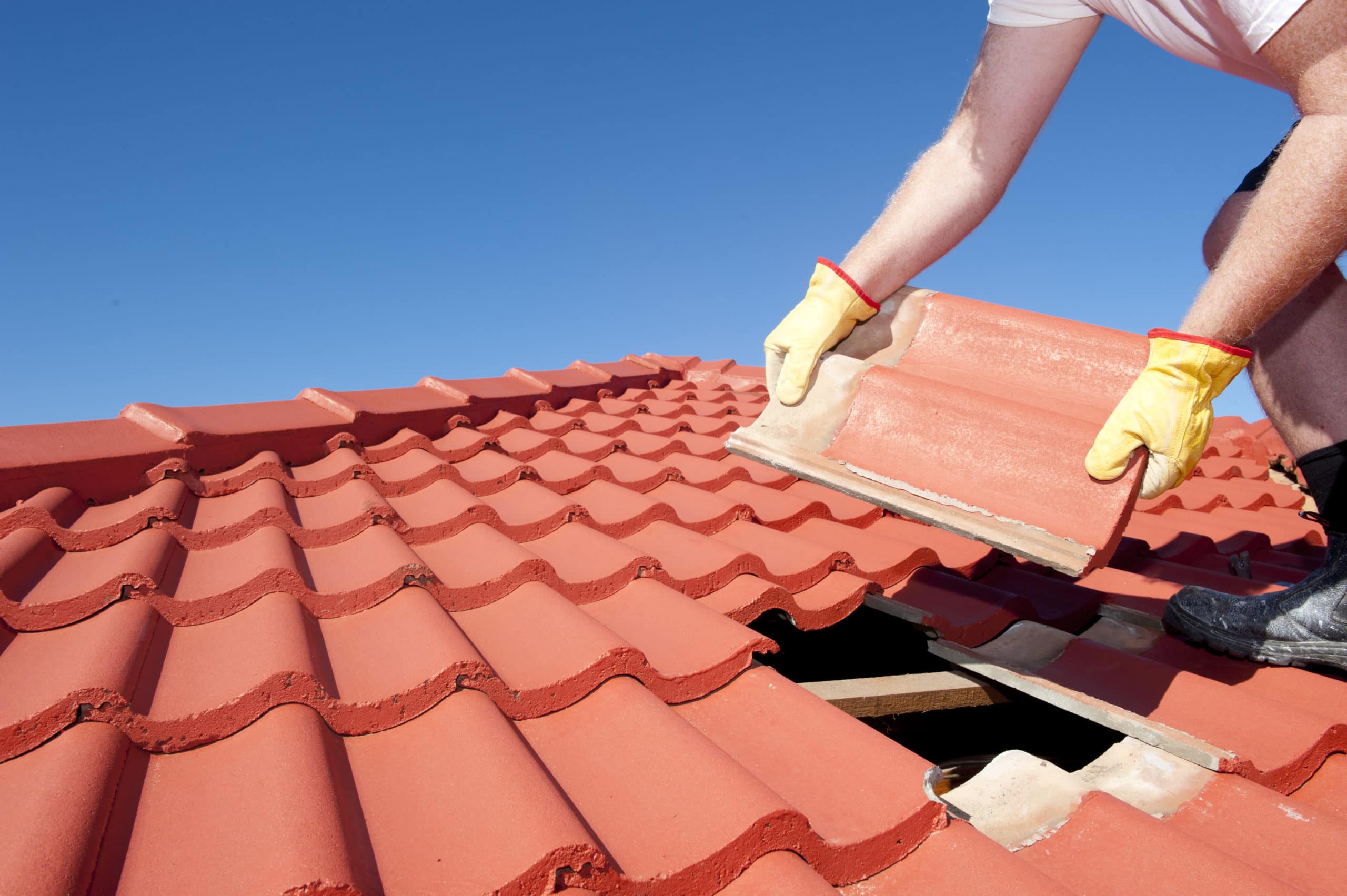
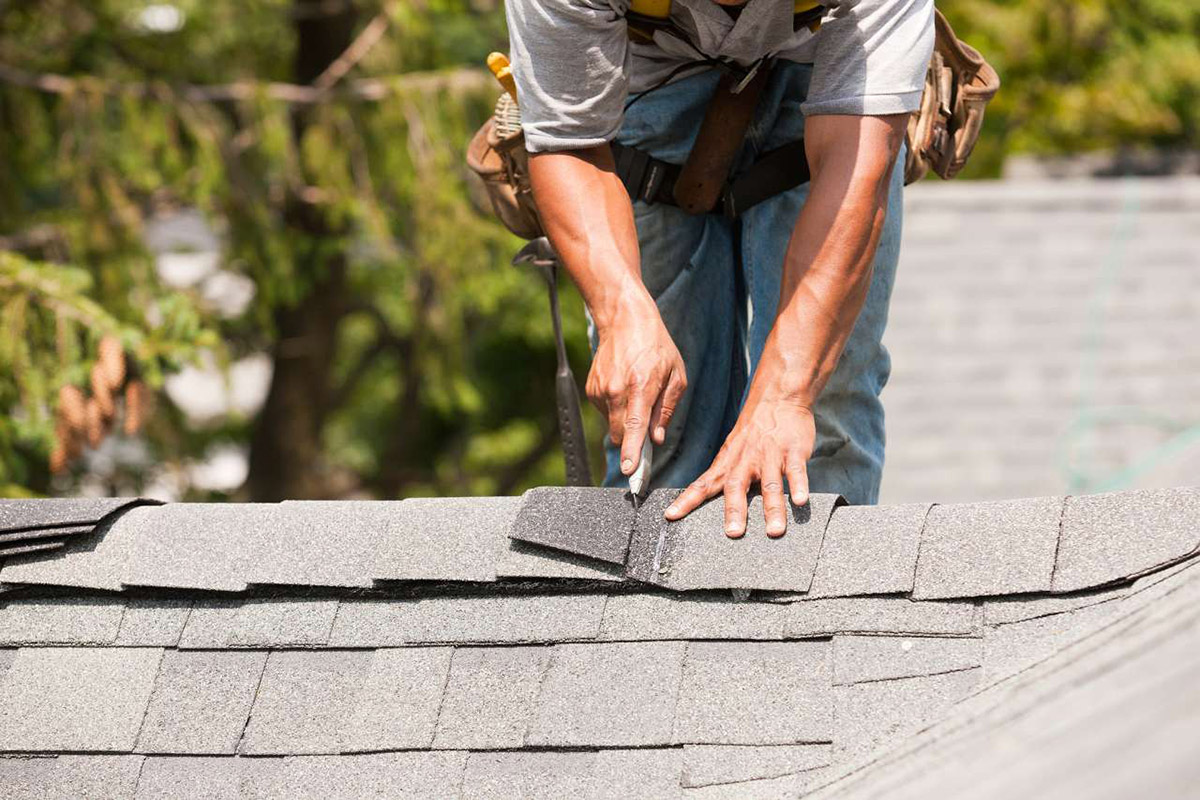
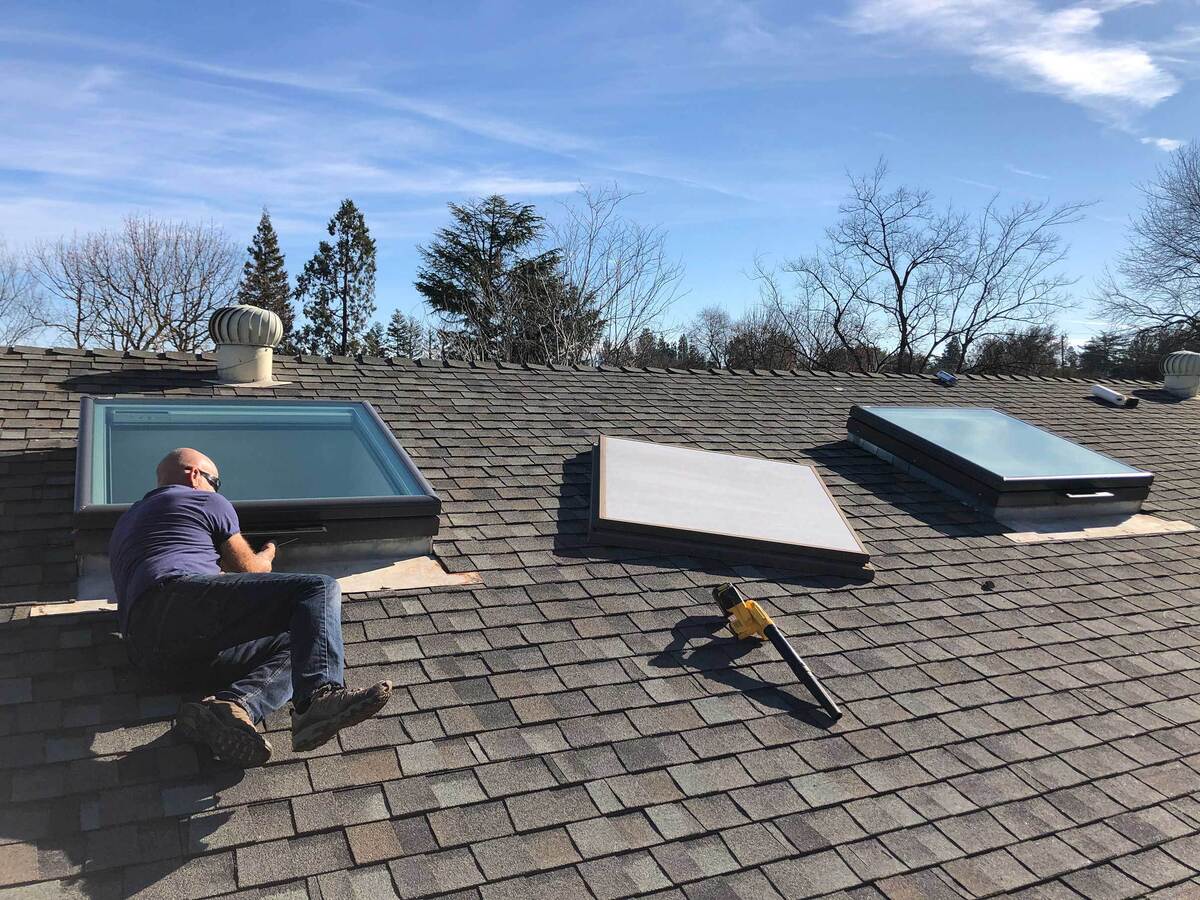

0 thoughts on “How Much Is A Roof Replacement”